A well produced census report on a particular area is like a mirror of the people who live theirin. The usefulness of such a report for the anthropological, socio –economics and culture study of a people of a connect be over-emphasized, it is all the more true about a country, full of varlety of races. Cultures, languages and natural resources, like India. Since census surveys were started in India, in 1871 all aspects of the life of Indian people could not be covered for obvious reasons. It was possible only In the Census of 1931, thanks to the indefatigable labours of J.H. Hutton and his collaborators like B.S. Guha. The Report of the Census of India 1931 social, economic and religious. The tribal population of India along with their social life, aspirations, economics conditions, etc. has been accorded, for the firs time, a complete and scientific in This report. The work comprises three volumes, the last consisting of two parts Volume One is the detailed report by J.H. Hutton and the most exhaustive study of the Indian people in particular. Volume Two contains all the statiatical tables. Volume Three, Part A is by B.S. Guha, former anthropologist of the Zoological Survey of India. It primarily deals with the physical anthropology including tables of racial likeness, and is the most important contribution to the physical anthropology of India since Sir Herbert Risley’s work. The learned author has provided, at great pains and after lengthy calculations, coefficients necessary for racial study. Many unsatisfactory conciusio9ns of Risley have been rectified on the racial constitution of India. Part B is a collection of Papers on culture anthropology, by various experts of the subject. The report covers not only the mainland of India, but also Burma and the Andamans and Nicobar islands.
Naga Manners and Customs
$67.50
$75.00

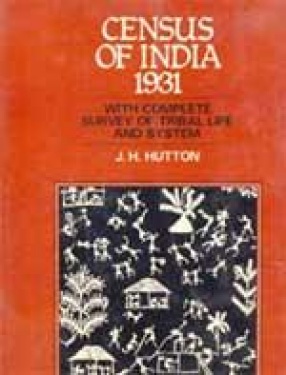

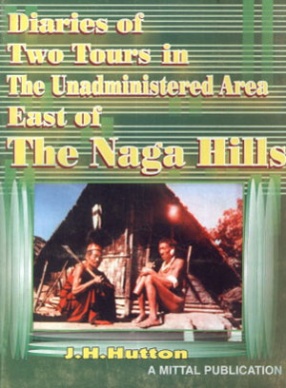
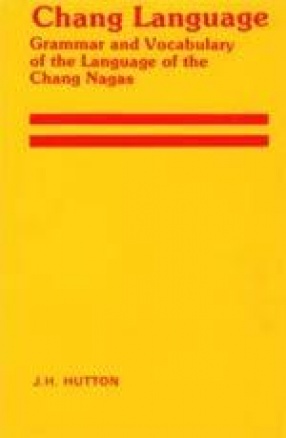
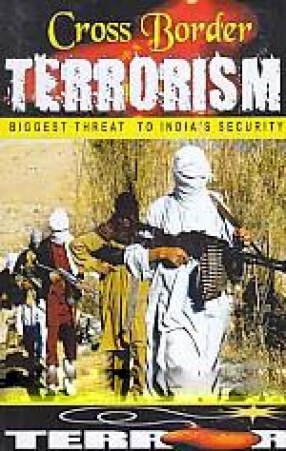
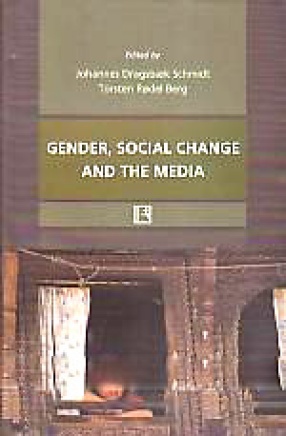

There are no reviews yet.